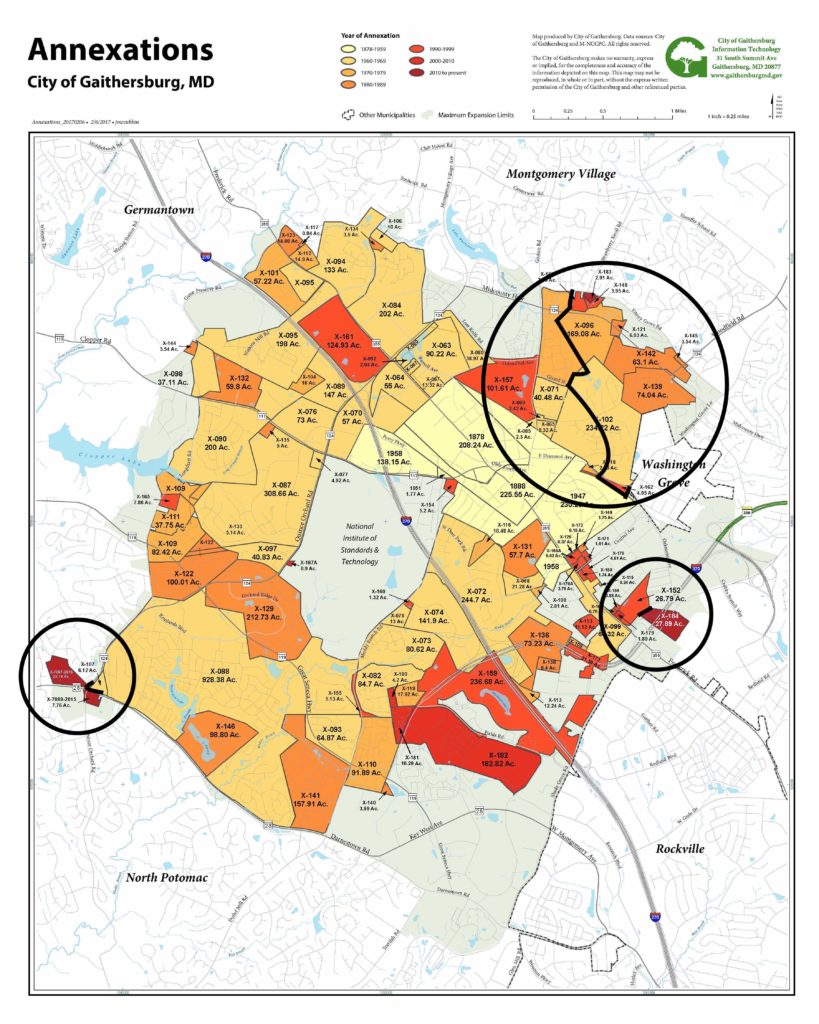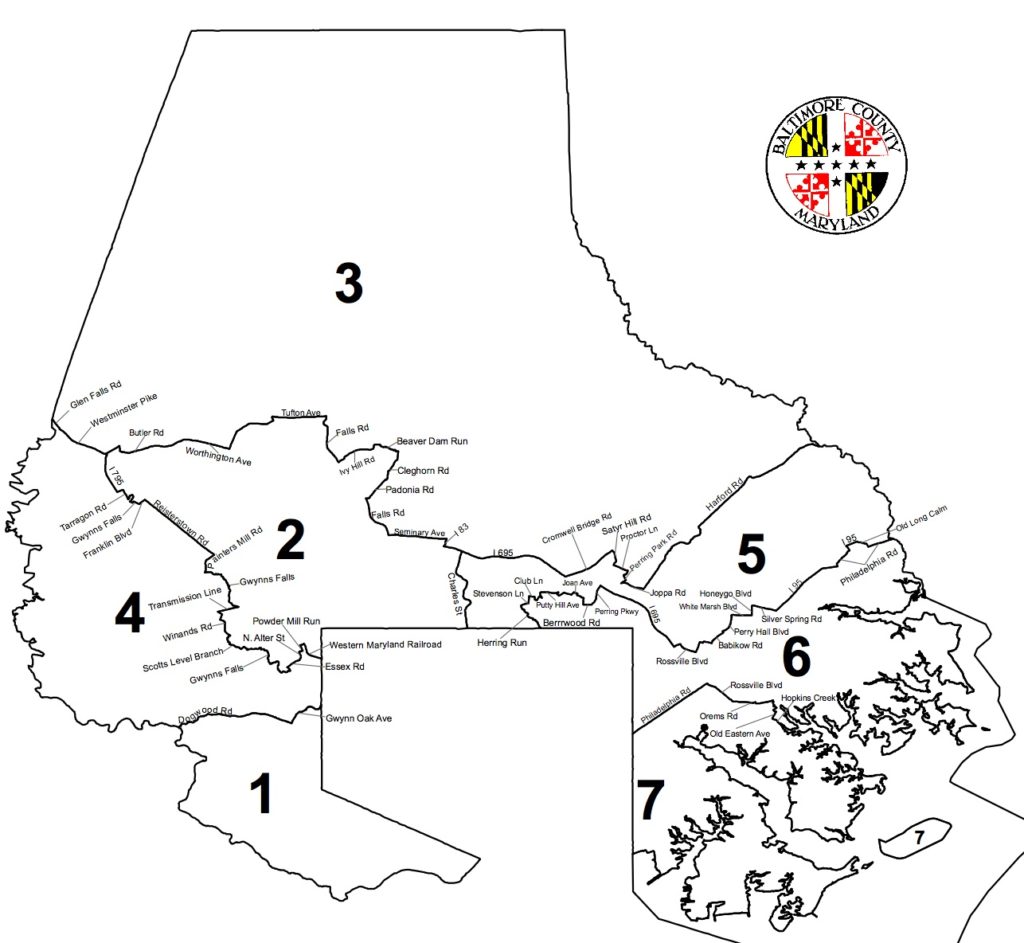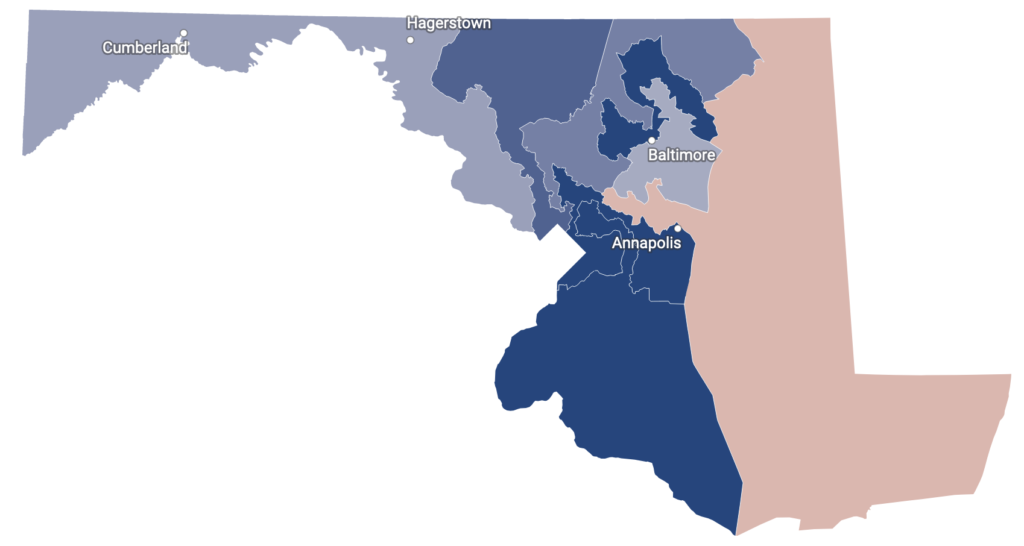Max Socol is running as a progressive challenger to incumbent Sen. Jeff Waldstreicher who is seeking reelection to the Maryland Senate after having also served three terms in the House of Delegates. That Socol is holding a fundraiser is hardly news.
The names on the invitation, however, grabbed my attention. All are well known in Montgomery County politics. Many are exactly the sort of people you’d think would be supporting an incumbent who touts himself as a “proud progressive” and “champion for justice” but are instead lined up squarely behind his challenger.
Former Del. Ana Sol Gutierrez, who served with Waldstreicher for three terms in the House and ran on a ticket with him twice (!) is now working to defeat her former slate-mate. Always an alliance of convenience, I can’t say I find this shocking.
Brandy Brooks is making her second bid for an at-large seat on the Montgomery County Council. Like Socol, she is positioning herself as a progressive activist outsider. Brooks is considered one of the leading candidates in her own race.
Michelle Whittaker is a communications and campaign strategist. She is the former Communications Manager for Manna Foods and the former Director of Communications for FairVote among other organizations. She has testified for removing police officers from public schools and ranked choice voting. (She is also Brandy Brooks’s sister.)
Fran Rothstein, Diana Conway and Beth Tomasello are Past Presidents of the Women’s Democratic Club of Montgomery County. An informant tells me Conway has previously hosted an event for Waldstreicher. An environmentalist, Conway has been very active in the fight against synthetic turf playing fields. Tomasello is an attorney who has advocated on criminal justice reform.
Laura Stewart is currently the First Vice President of the Women’s Democratic Club of Montgomery County but probably better known as a PTA leader, an active supporter of County Executive Marc Elrich in 2018 and many other progressive causes.
Zola Shaw serves on Montgomery County’s Racial Equity and Social Justice Advisory Committee and is a member of the Board of the Montgomery County Chapter of Our Revolution Maryland. Michael Tardif was named Democrat of the Year by the Montgomery County Democratic Party in 2021.
Bottom Line
Whether Socol can build the coalition and the campaign needed to unseat Waldstreicher, a reelection-focused incumbent if there ever was one, remains to be seen. But the early strength indicates that Waldstreicher hasn’t nailed down his base even after sixteen year in the General Assembly.













